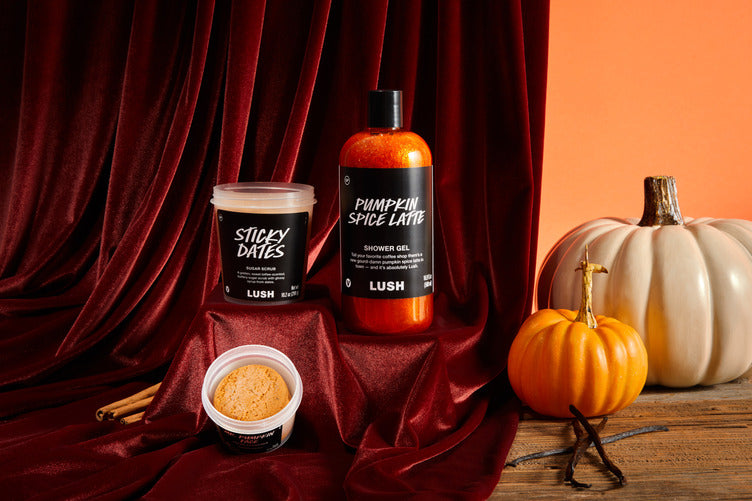Nature is full of wonderful fragrances, but how exactly does the alluring scent of a rose, or the hypnotic aroma of cinnamon, make its way into a bottle?
It comes down to science. Plants contain aromatic compounds, and, as the name suggests, they’re what makes nature smell so good (or bad). In order to obtain a plant’s aromatic compounds, they must be extracted.
Release the goodness
Humans have used plants for their smell for millennia, and have developed a number of ways to do this. In some cases, it’s as simple as squeezing a lemon; in others the process is far more complicated. Petals, stems, fruits, vegetables, barks and leaves all have different textures, structures and compositions, which means they need different treatments in order to release their aromatic compounds.
There are three main methods of extraction: steam distillation, absolute extraction and expression. Each produces a fragrant material that can be used in products and perfumes. Fragrances can also be created synthetically using chemicals in a lab.
Steam distillation
Steam distillation is the most common type of extraction. It is used to obtain oils from herbs, seeds, barks and roots - including peppermint, sandalwood and clary sage.
The relatively simple technique has not changed much over thousands of years - that’s because all that’s needed is water, the ingredient you want to distill, and containers in which to heat and collect it.
Steam distillation works by forcing an ingredient to release the volatile oils inside. First, the ingredient is placed inside a vat and combined with steam or hot water. The heat breaks down the plant and its aromatic compounds are released as vapour infused with the ingredient’s essential oil. This aromatic steam is then condensed and collected. The condensed liquid is collected in an essencier where it separates into water and oil. The oil is then skimmed off and bottled.
Absolute extraction
Some ingredients cannot withstand the heat required in steam distillation. Instead flowers and blossoms, such as mimosa and jasmine, are put through a process called solvent extraction. This form of expression does not use heat, steam or water. Ingredients are submerged in a solvent, such as ethanol or hexane, to release their aroma.
The solvent mixture dissolves the aromatic compounds of the plant and releases them into the liquid. The solvent is then removed, leaving behind a fragrant, concentrated mixture known as an absolute. Absolutes typically smell more like the original plant than essential oils because they have not been heated. Many plants can be used to create both essential oils and absolutes, but some ingredients are only available in absolute form because of their nature. This form of extraction is also used to produce concretes, as well as resinoids.
Expression
Possibly the simplest and oldest form of extraction; expression involves pressing an ingredient to release an essential oil.
Nowadays, it is usually used to collect oils from the peels of citrus fruits, such as grapefruit, lemon and lime, because they store the majority of their oils in their skin. This type of extraction can be done by hand simply by squeezing the peel, or on a larger scale in a mechanical press.













